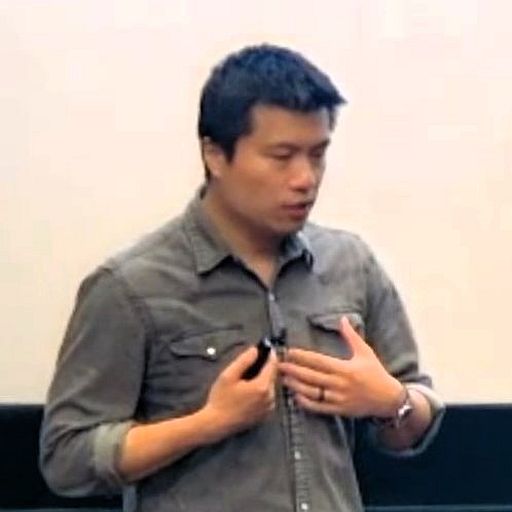Tangible Interfaces and Interactions in Sci-Fi Movies: A Glimpse at the Possible Future of TUIs through Fictional Tangible Systems
Published in Tangible, Embedded, and Embedded Interaction, 2020
Abstract
Science-Fiction (Sci-Fi) movies have long been a frontier in showcasing futuristic computer interfaces and their associated interactions. Unconstrained by technological limitations, they are free to depict the most imaginative systems, including augmenting objects attributes that are not yet possible in reality. We present a case study on Sci-Fi movies where tangible objects are part of these systems, and examine how they illustrate Tangible User Interfaces (TUIs) concepts. We provide three examples of tangible systems and one that deviates considerably (holographic system), and analyze them using a well-established interaction model (MCRpd). We found that TUIs in movies exhibit various levels of the model’s characteristics and demonstrate an inclusive and diverse context through combining interaction modalities and catering to audience needs. We argue that these aspects provide valuable lessons and implications in designing future TUIs and hope to broaden the design space by initiating discussions on the fascinating worlds in Sci-Fi movies.
Winner of People’s Choice Best Talk Award
Reflection
This is one of my favourite projects. It’s started with me watching a bunch of Sci-Fi movies (e.g., Minority Report, Iron Man) and wondered if we would get to try the tech out in real-life someday. In fact, a lot of the research projects and commercial products were inspired by Sci-Fi movies (and turns out sometimes the other way around, just adding more fancy visuals).
At that time I started growing more interest in Tangible User Interfaces (TUIs), so I specically went back and watch some of those that had that. And I picked 1) Minority Report (2003), 2) The Island (2005), and 3) Black Panther (2018). I also picked Iron Man (2008) that deviated from the use of TUIs (plus it was super popular).
To ground my investigation, I used the MCRpd interaction model proposed by Ishii & Ullmer 1 and analyzed each system in those movies with the four MCRpd characteristics. With that I was able to detail those that were low or absent, and compared each system with a similar system from the TUI literature.
The whole process was so much fun (who knew you could watch movies for research!). And I was able to pivot this idea to one of the courses I taught (students seemed to enjoy it). I’m also very thankful for my supervisor, Dr. Alissa Antle, who allowed me to pursue this crazy idea (I tend to think she was quite happy about it too, espcially it brought us the Peop’s Choice Best Talk Award :) ).
H. Ishii and B. Ullmer. 1997. “Tangible bits: towards seamless interfaces between people, bits and atoms”. In Proceedings of the ACM SIGCHI Conference on Human factors in computing systems (CHI’‘97). ACM, New York, NY, USA, 234–241. https://doi.org/10.1145/258549.258715 ↩
Recommended citation: V. Cheung and A. N. Antle. 2020. "Tangible Interfaces and Interactions in Sci-Fi Movies: A Glimpse at the Possible Future of TUIs through Fictional Tangible Systems". In Proceedings of the Fourteenth International Conference on Tangible, Embedded, and Embodied Interaction (TEI'20). ACM, New York, NY, USA, 393–401. https://doi.org/10.1145/3374920.3374942
Download Paper
